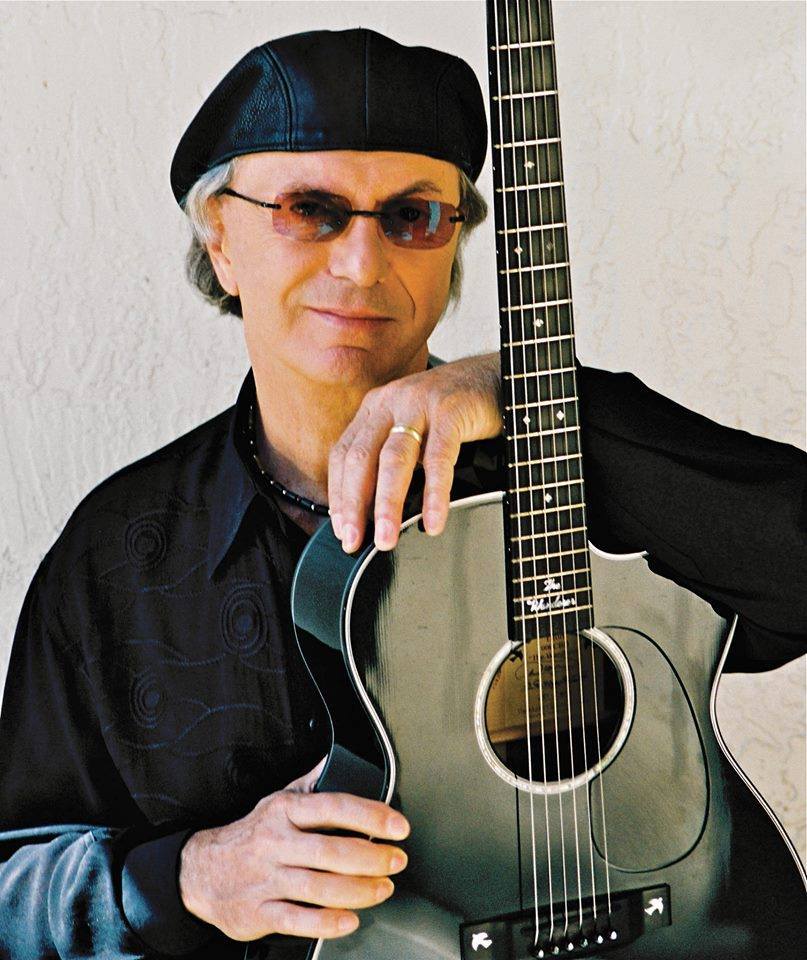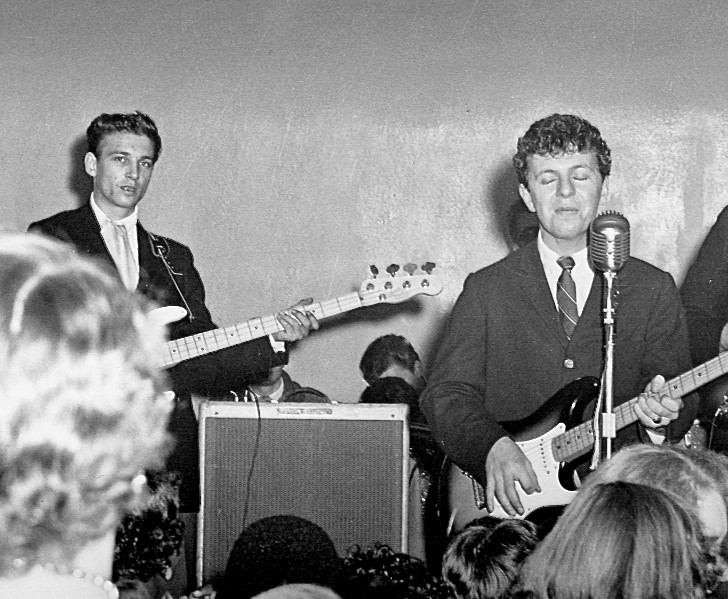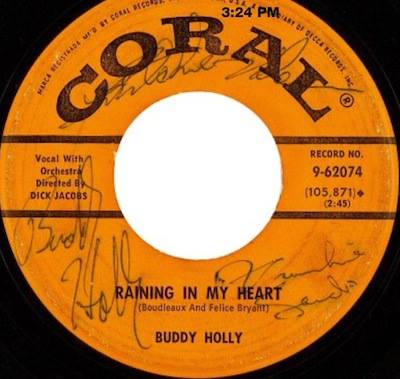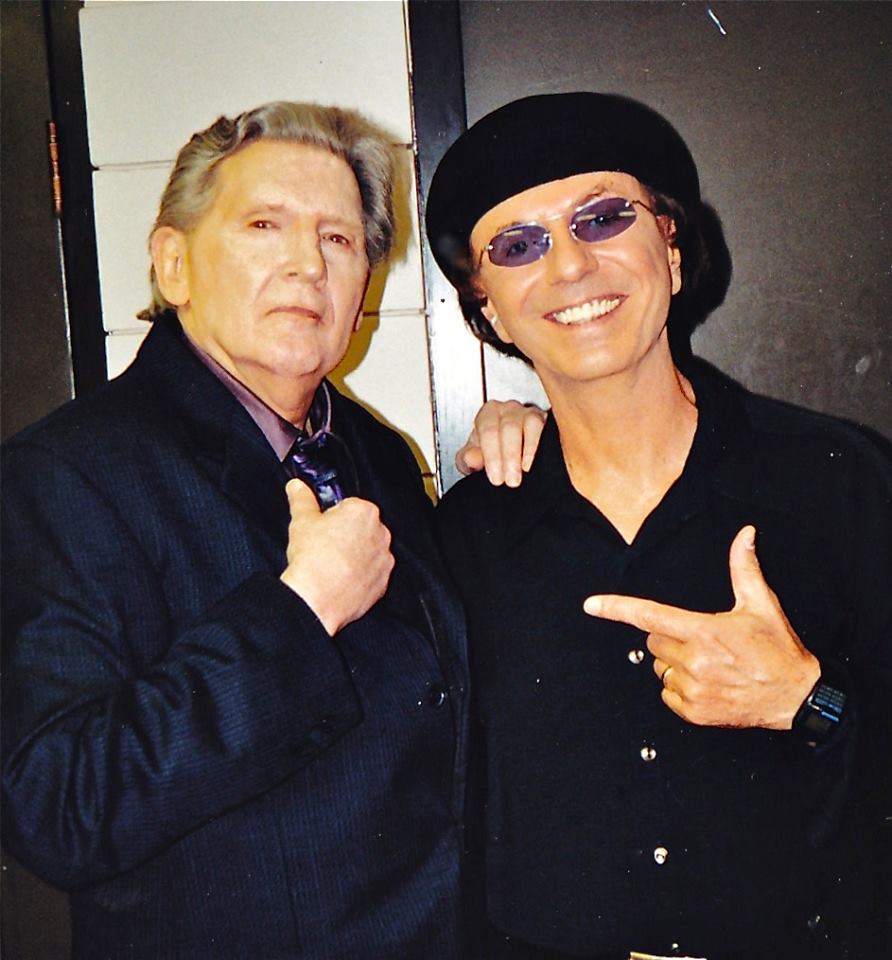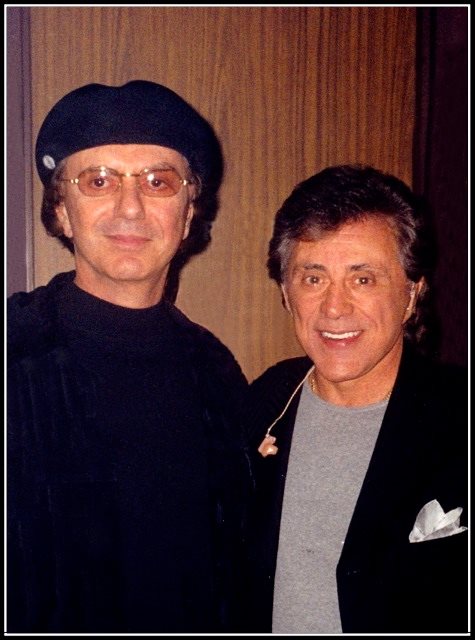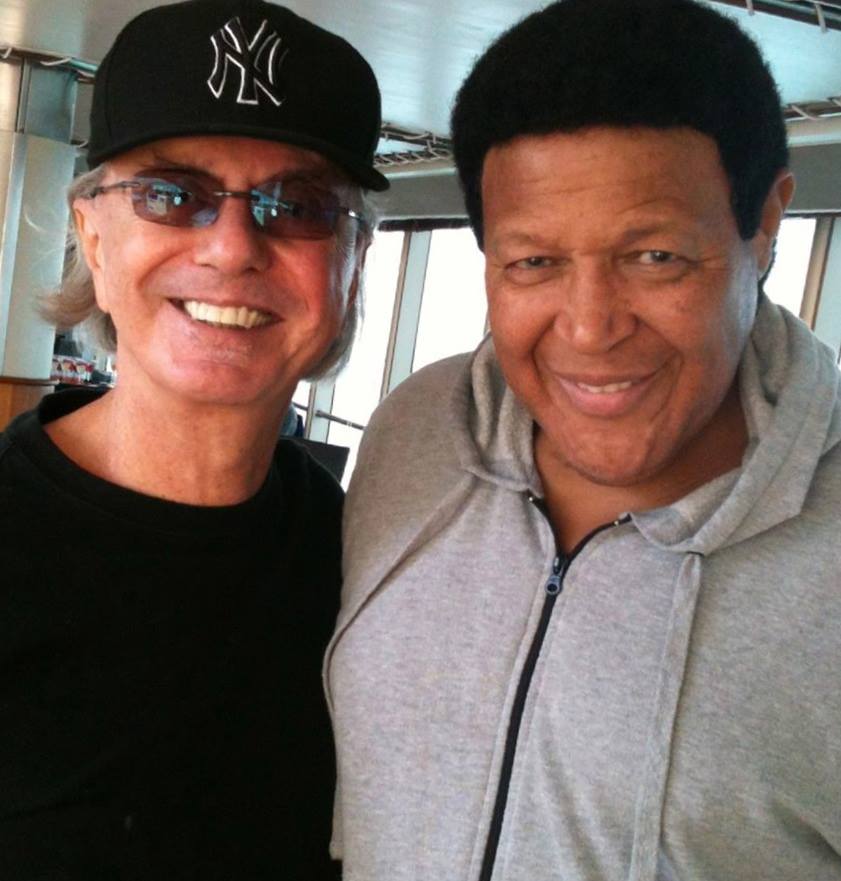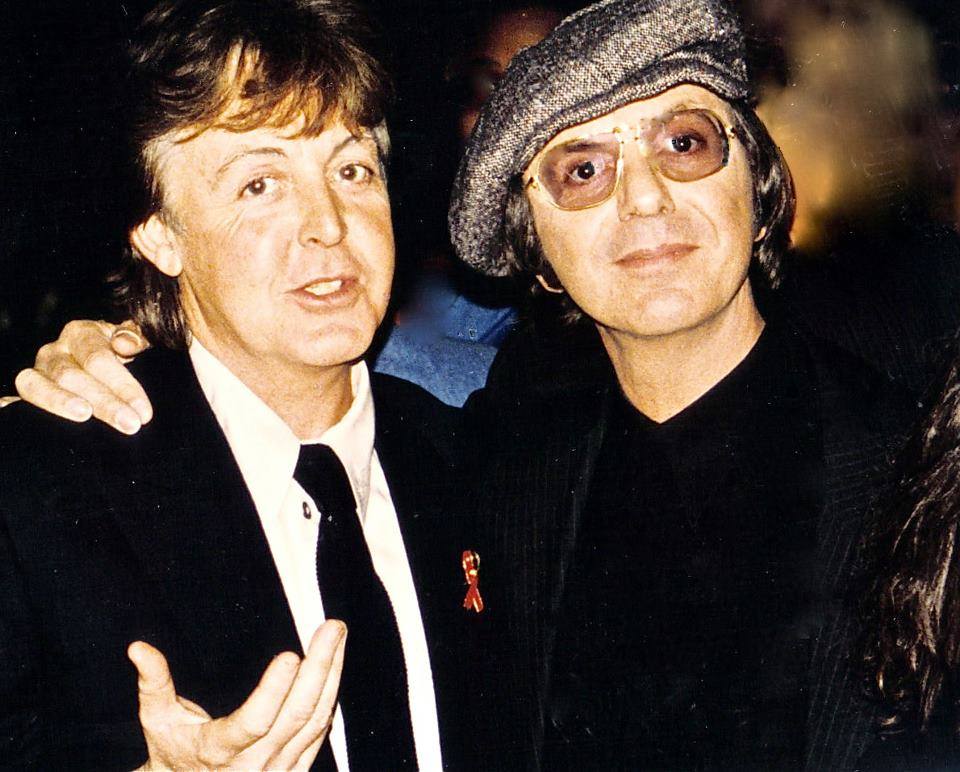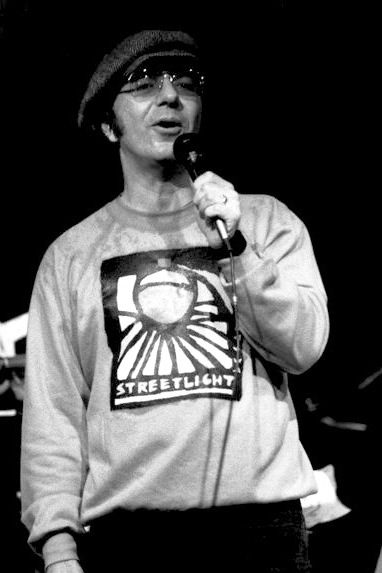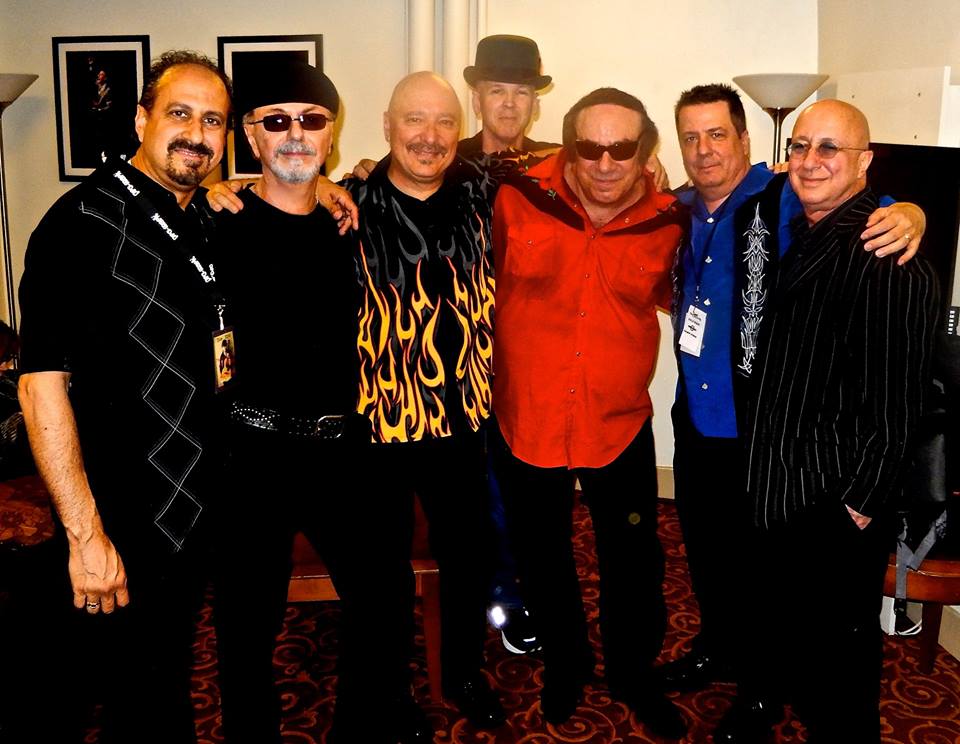BIOGRAPHICAL DETAILS
Full Name: Dion Francis Di Mucci
Description: Vocalist, Composer, USA
Known For: Known for the song – “The Wanderer” – 1961
Instruments: Voice
Music Styles: Rock , Easy listening, Pop, Doowop
Location: United States of America
Date Born: 18th July 1939
Location Born: The Bronx, New York,, United States of America
CONTACT DETAILS
Web Site: Dion DiMucci
Other Links: See below:
YOUTUBE VIDEO
BIOGRAPHICAL PROFILE
Dion DiMucci
An American singer-songwriter whose work has incorporated elements of doo-wop, pop oldies music, rock and R&B styles—and, most recently, straight blues. He was one of the most popular American rock and roll performers of the pre-British Invasion era. He had more than a dozen Top 40 hits in the late 1950s and early 60s. He is best remembered for the 1961 singles, “Runaround Sue” and “The Wanderer”, written with Ernie Maresca.
Dion’s popularity waned in the mid-1960s, perhaps due to the public’s changing taste in pop music, and perhaps in part due to personal difficulties he had during this period. But toward the end of the decade, he shifted his style and produced songs with a more mature, contemplative feeling, such as “Abraham, Martin & John”. He became popular again in the late 1960s and into the mid-1970s, and he has continued making music ever since. Critics who had dismissed his early work, pegging him as merely a teen idol, praised his later work, and noted the influence he has had on other musicians.
Dion was inducted into the Rock & Roll Hall of Fame in 1989.
Dion was born to an Italian-American family in the Bronx, New York. As a child, he accompanied his father, Pasquale DiMucci, a vaudeville entertainer, on tour, and developed a love of country music – particularly the work of Hank Williams. He also developed a fondness for the blues and doo-wop musicians he heard performing in local bars and on the radio. His singing was honed on the street corners and local clubs of the Bronx, where he and other neighborhood singers created a cappella riffs.
In early 1957, he auditioned for Bob and Gene Schwartz, who had just formed Mohawk Records. They recorded Dion singing lead on a song which had been arranged by Hugo Montenegro and pre-recorded with everything but the lead vocals. The backing vocals were by a group called “The Timberlanes”, whom Dion had never met. The resulting single, “The Chosen Few”, was released under the name, Dion and the Timberlanes, and became a minor regional hit. Writing about this experience later, in his autobiography, The Wanderer, Dion said that that he had never met the Timberlanes and didn’t even know who they were. “The vocal group was so white bread, I went back to my neighborhood and I recruited a bunch of guys –three guys– and we called ourselves Dion and the Belmonts.
Bob and Gene Schwartz also signed Dion’s friends, The Belmonts, (Carlo Mastrangelo, Fred Milano, and Angelo D’Aleo), a vocal group named for nearby Belmont Avenue, and teamed them, with Dion singing lead. The new group’s breakthrough came in early 1958, when “I Wonder Why” (on their newly formed “Laurie” label) made No. 22 on the U.S. charts. Dion said of the Belmonts; “I’d give ’em sounds. I’d give ’em parts and stuff. That’s what ‘I Wonder Why’ was about. We kind of invented this percussive rhythmic sound. If you listen to that song, everybody was doing something different. There’s four guys, one guy was doing bass, I was singing lead, one guy’s going ‘ooh wah ooh’, and another guy’s doing tenor. It was totally amazing. When I listen to it today, often times I think, ‘Man, those kids are talented.'”
Their initial hit was followed by “No One Knows” and “Don’t Pity Me”, which also charted the Billboard Top 100. This success won Dion and the Belmonts a place on the tragic “The Winter Dance Party” tour with Buddy Holly, Ritchie Valens, The Big Bopper (J.P. Richardson) and other performers.
On February 2, 1959, after a concert stop in Clear Lake, Iowa, Holly and others decided to take a flight to the next venue rather than travel on the tour bus. Dion was invited to accompany the group but decided that he did not want to spend $36 for the flight, as it was the same monthly rent his parents paid for his childhood apartment and he couldn’t justify the indulgence. The plane crashed, killing all on board; Holly, Valens, Richardson, and the pilot Roger Peterson. Dion and the Belmonts continued on the tour, while Bobby Vee, then an unknown artist, performed in Holly’s place at the very next concert. Later, Jimmy Clanton, Frankie Avalon, and Fabian were added to replace the other now-deceased headliners.
Dion and the Belmonts’ next single, “A Teenager in Love”, was released in March 1959, eventually hitting No. 5 on the U.S. pop charts and No. 28 in the UK. The trio’s biggest hit, “Where or When”, was released in November of that year, and reached No. 3 on the U.S. charts. However, in early 1960, Dion checked into hospital for heroin addiction, a problem he had had since his mid-teens. Further single releases for the group that year were less successful. There were musical, personal and financial differences between Dion and members of the Belmonts, and in October 1960, Dion decided to quit for a solo career. By the time of their breakup, all eight Laurie releases had charted on the Hot 100.
Above: Jerry Lee Lewis with Dion.
Solo stardom: 1960-1964
By the end of 1960, Dion had released his first solo album on Laurie, Alone with Dion, and the single “Lonely Teenager”, which rose to No. 12 in the US charts. The name on his solo releases was simply “Dion”. Follow-ups “Havin’ Fun” and “Kissin’ Game” had less success, and the signs were that Dion would drift onto the cabaret circuit. However, he then recorded, with a new vocal group The Del-Satins, an up-tempo number co-written with Ernie Maresca. The record, “Runaround Sue”, stormed up the U.S. charts, reaching No. 1 in October 1961, and No. 11 in the UK, where he also toured. “Runaround Sue” sold over a million copies, achieving gold disc status.
For the next single, Laurie promoted the A-side, “The Majestic”, but it was the B-side, Maresca’s “The Wanderer”, which received more radio play and climbed swiftly up the charts to reach No. 2 in the U.S. in February 1962 and No. 10 in the UK (the 1976 re-release made the UK Top 20).
By the end of 1961, Dion had become a major star, touring worldwide and making an appearance in the Columbia Pictures musical film Twist Around the Clock. He followed with a string of singles – “Lovers Who Wander” (No. 3), “Little Diane” (No. 8), “Love Came To Me” (No. 10) – in 1962, several of which he wrote or co-wrote. He also had successful albums with Runaround Sue and Lovers Who Wander.
At the end of 1962, Dion moved from Laurie to Columbia Records. The first Columbia single, Leiber and Stoller’s “Ruby Baby” (originally a hit for The Drifters) reached No. 2, while “Donna the Prima Donna” and “Drip Drop” (another cover of a Drifters hit) both reached No. 6 in late 1963. (Dion also recorded an Italian version of “Donna the Prima Donna” using the identical backup vocals.) His other Columbia releases were less successful, and problems with his addiction and changing public tastes saw a period of commercial decline.
Above: Dion and Frankie Valli.
Changing fortunes: 1965-1968
Following a European tour, Dion returned to the U.S. and was introduced to classic blues by Columbia’s John Hammond. To the consternation of his management, he began recording more blues-oriented material, including Willie Dixon’s “Hoochie Coochie Man” and “Spoonful”, but these releases – some produced by Tom Wilson, with Al Kooper on keyboards – were not commercially successful. In 1965, still with Columbia, Dion formed a new group to back him, The Wanderers, composed of John Falbo on guitar, Pete Baron (Pete Falciglia) on bass, and Carlo Mastrangelo of The Belmonts on drums. They made national appearances on Dick Clark’s, “Where The Action Is”, and “The Lloyd Thaxton Show”. A number of self-penned tracks were recorded and released unsuccessfully as singles, and did not appear in album format until years later. In June 1965 he recorded fellow Columbia Records’s contemporary Bob Dylan’s composition “It’s All Over Now, Baby Blue” a half year before Them (featuring Van Morrison)’s hit version.
In 1966-67, Dion briefly reunited with The Belmonts recording the LP Together Again for ABC Records. The album was unsuccessful, despite one classic self-penned song, “My Girl The Month Of May”. Two singles were released from the LP. While neither charted in the United States, they fared better in the UK. “My Girl The Month Of May” broke the “Radio London Fab 40” top ten at No. 9 the week of December 25, 1966. One reviewer stated, “some British radio DJ’s gave it a lot of airplay at the time.” The follow up, “Movin Man”, reached No. 17 on the “Radio London” charts on March 26, 1967. “My Girl The Month Of May”, was later covered by English artists Alan Bown in 1967, and The Bunch (featuring Sandy Denny of Fairport Convention) in April 1972. During their brief mid 60’s reunion, Dion and the Belmonts appeared on the popular “Clay Cole Show” performing “Berimbau” and “My Girl The Month of May”, and occasionally performed at local New York City clubs such as “The Mardi Gras” on Staten Island (April 29, 1967) before disbanding. While Dion’s career appeared to be nearing an end, he still retained enough credibility to be, along with Bob Dylan, one of only two rock artists featured on the album cover of The Beatles’ Sgt. Pepper’s Lonely Hearts Club Band in 1967.
In April 1968, Dion experienced what he identified as a powerful religious experience. After getting clean once again from heroin addiction, an experience he documented in his 1970 song “Your Own Backyard”, he approached Laurie Records for a new contract. They agreed on condition that he record the song “Abraham, Martin & John”, written by Dick Holler (also the writer of The Royal Guardsmen’s “Snoopy Vs. The Red Baron”) in response to the assassination of John F. Kennedy and those of Martin Luther King and Robert F. Kennedy during the summer of 1968. The success of this song – later recorded by many others including Marvin Gaye – which reached No. 4 in the US charts and No. 1 in Canada, resuscitated Dion’s career. It sold over one million copies, and was awarded a gold disc.
Above: Dion with Chubby Checker.
Mature and religious period: 1969-1986
For the next few years, Dion’s music became radically different, moving to more contemplative and mature material. He released several albums essentially as a singer-songwriter, to moderate sales, moving to the Warner Brothers label in 1969.
There followed a live reunion show with The Belmonts at Madison Square Garden on June 2, 1972, which was recorded and released as a live album by Warner. A year later, in 1973, Dion and the original Belmonts performed once more, doing a sold out concert at the Nassau Coliseum on Long Island, New York. However, no recording of the 1973 reunion was ever released. This was followed in 1975 by the album Born To Be With You, produced by Phil Spector. The album was a commercial failure, but has been subsequently praised by such artists as Jason Pierce of Spiritualized and Pete Townshend of The Who.[citation needed]
In 1978, Dion released an album drawing on many of his teenage influences, Return of the Wanderer, another commercial failure.
In December 1979, there was a radical spiritual change in Dion, who had become a born-again Christian. Thereafter, his recordings for several years were in a contemporary Christian vein, in which he released five albums on the DaySpring Records label, a division of Word Records in Waco, Texas. These albums reflecting his evangelical Christian convictions were Only Jesus (1981), I Put Away My Idols (1983) which charted at #37, Seasons (1984), Kingdom in the Streets (1985) and Velvet & Steel (1986). Several singles were successfully released to Christian radio, notably “Still in the Spirit” from Kingdom in the Streets.
In 1984, Dion won the GMA Dove Award (Christian Music Award) for the album I Put Away My Idols. He was also nominated for Grammy Award for Best Gospel Vocal Performance, Male for the same album.
On September 24, 1985, Dion was a guest on 100 Huntley Street.
Return to secular music and Rock & Roll Hall of Fame induction: 1987-1999
In 1987, Dion agreed to do a concert of his old hits at Radio City Music Hall in New York. The two disc CD of this concert was released in 2005, featuring concert photos by Dion’s friend, Michael J. Friedman. This concert helped free him to celebrate both his past and his future, and led to a series of special appearances, including a fundraiser for homeless medical relief. There he shared the stage with fans such as Bruce Springsteen, Paul Simon and Lou Reed, all of whom cited Dion as one of their prime influences.
In 1988, Dion’s autobiography (co-authored by Davin Seay) titled The Wanderer: Dion’s Story was published. In the following year, he was inducted into the Rock and Roll Hall of Fame, the induction speech being given by Lou Reed.
In 1989, DiMucci returned to rock music with the contemporary album Yo Frankie, which included appearances by Paul Simon, Lou Reed, k.d. lang, Patty Smyth and Bryan Adams. Produced by Dave Edmunds (who also played guitar on the album), “Yo Frankie has a sharp sound while never losing sight of Dion’s soulful, doo-wop voice.” Overall, “the relevant and nostalgic statement from an artist who helped forge rock & roll’s first wave” found his way back on radio and in music videos during this period (both on VH1 and MTV), as well as touring.
Dion was inducted into the Rock & Roll Hall of Fame in 1989 (with a moving introduction by Lou Reed).
In the late 1990s, Dion visited his old Bronx parish, Our Lady of Mount Carmel, and returned to Catholicism.
DiMucci joined Scott Kempner of The Del-Lords and Mike Mesaros of The Smithereens in a short-lived band called Little Kings. A live album was later released, but not widely circulated or promoted.
Above: Dion with Paul McCartney.
Most recent work: 2000s-2010s
Dion has released several albums with contemporary rock artists. His Déjà Nu album in 2000 found him covering Bruce Springsteen, a major follower over the years. He joined Springsteen onstage in Miami in 2002 for a performance of “If I Should Fall Behind” from Dream On Fire.
In 2002, Dion was inducted into the Grammy Hall of Fame for “Runaround Sue”. He continues to perform songs from his albums live.
In January 2006, Dion released Bronx in Blue, an album of blues and country standards, which was nominated for a Grammy. In November 2007 he issued a follow-up in similar vein, Son of Skip James.
In October 2008, DiMucci released Heroes: Giants of Early Guitar Rock, an album of his covers of early rock and roll songs he considers seminal to the genre. The album includes versions of songs originally recorded by Buddy Holly, Ritchie Valens, Ricky Nelson, Johnny Cash and many other early rock guitarists.
In October 2009, Dion performed “The Wanderer” with Paul Simon at the 25th Anniversary Rock & Roll Hall of Fame Concert.
Now a practicing Roman Catholic, Dion pursues prison ministry and reaches out to men going through addiction recovery. He is also a member of the American Board of Directors of Renewal Ministries. He currently lives in Boca Raton, Florida, and New York City.
On January 24, 2012, Dion released a new album, Tank Full of Blues.
“The Wanderer” musical
On October 13, 2011, an industry-only reading of a new play about Dion’s life was performed in New York City.
In a December 9, 2011 article in The New York Times, Dion and his collaborator, writer/director Charles Messina, discussed details about the project, titled The Wanderer – the Life and Music of Dion, revealing that it will focus on the years between 1957 until the late 60s and will feature more than 20 songs from that era as well as new, original music. In the article, Dion gave his perspective on the story: “You know, I always saw my story as a young ‘Sopranos’ with great music and a Rocky Graziano ‘Somebody Up There Likes Me’ ending. It’s a story of redemption. A rock and roll redemption story!”
Personal life
Dion married Susan Butterfield on March 25th, 1963. They have three children together: Tane, Lark, and August. Dion still puts on concerts, and fans can receive updates from Dion on his official facebook page.
Albums
1959: Presenting Dion & The Belmonts
1960: Wish Upon a Star With Dion & The Belmonts
1961: Alone With Dion
1961: Runaround Sue #11
1962: Lovers Who Wander #12
1962: Love Came to Me
1963: Ruby Baby #20
1963: Dion Sings to Sandy’ (and all his other gals)’ #115
1963: Donna the Prima Donna
1967: Dion & The Belmonts – Together Again
1968: Dion #128
1969: Wonder Where I’m Bound
1970: Sit Down Old Friend
1971: You’re Not Alone
1971: Sanctuary #200
1972: Suite For Late Summer #197
1973: Dion & The Belmonts – Reunion, Live at Madison Square Garden #144
1975: Born to Be With You
1976: Streetheart
1978: Return of the Wanderer
1980: Inside Job
1981: Only Jesus
1983: I Put Away My Idols CCM #37
1984: Seasons (best of gospel with one new track)
1985: Kingdom in the Streets
1986: Velvet & Steel
1989: Yo Frankie #130
1990: Fire in the Night (recorded 1979)
1992: Dream on Fire
1993: Rock ‘n’ Roll Christmas
2000: Déjà Nu
2001: Dion ‘n’ Little Kings Live in New York (recorded 1996)
2003: New Masters
2005: Live New York City
2006: Bronx in Blue #2 Billboard Top Blues Albums.
2007: Son of Skip James #4 Billboard Top Blues Albums.
2008: Heroes: Giants of Early Guitar Rock[23]
2012: Tank Full of Blues #3 Billboard Top Blues Albums.
Albums include.
1959: Presenting Dion & The Belmonts
1960: Wish Upon a Star With Dion & The Belmonts
1961: Alone With Dion
1961: Runaround Sue #11
1962: Lovers Who Wander #12
1962: Love Came to Me
1963: Ruby Baby
1963: Dion Sings to Sandy’ (and all his other gals)’ #115
1963: Ruby Baby #20
1963: Donna the Prima Donna
1967: Dion & The Belmonts – Together Again
1968: Dion #128
1969: Wonder Where I’m Bound
1970: Sit Down Old Friend
1971: You’re Not Alone
1971: Sanctuary #200
1972: Suite For Late Summer #197
1973: Dion & The Belmonts – Reunion, Live at Madison Square Garden #144
1975: Born to Be With You
1976: Streetheart
1978: Return of the Wanderer
1980: Inside Job
1981: Only Jesus
1984: I Put Away My Idols CCM #37
1984: Seasons
1985: Kingdom in the Streets
1986: Velvet & Steel
1989: Yo Frankie #130
1990: Fire in the Night (recorded 1979)
1992: Dream on Fire
1993: Rock ‘n’ Roll Christmas
2000: Déjà Nu
2003: New Masters
2005: Live New York City
2006: Bronx in Blue #2 Blues Lps.
2007: Son of Skip James #4 Blues Lps.
Links:
- Official Dion Website
- Dion “time line” – masses of information
- Comprehensive Rolling Stone profile
- Dion (German)
- The Spiritual Journey of the Wanderer Who Came Home By Dion Dimucci
- Dion DiMucci at The Rock and Roll Hall of Fame
- Dion the Wanderer, Back In Blue (an article at NPR.com)
- The Wanderer Settles Down With The Blues (an article at Perfect Sound Forever)

